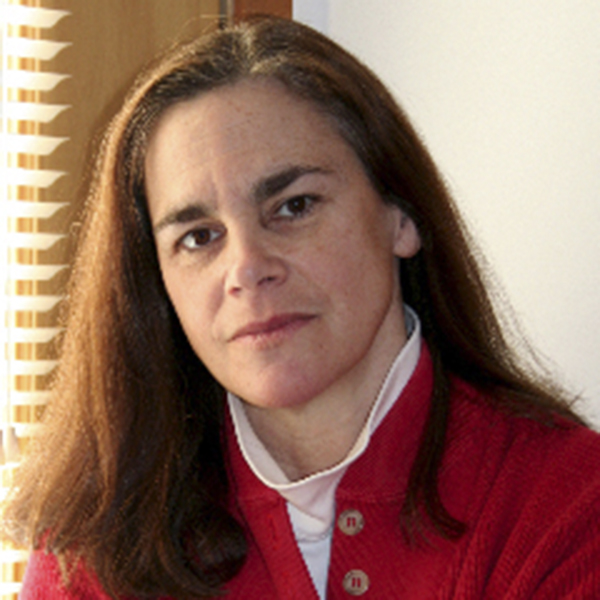

The Parrish Art Museum’s annual landscape and garden design program, Landscape Pleasures, picked up last weekend where it left off last year by featuring speakers and gardens whose ethos reflects a concern for the well-being of the natural environment as it interacts with built form. Talks on landscape design at the Parrish on Saturday were followed on Sunday by tours of private gardens in Bridgehampton, Sagaponack and Amagansett.Darrel Morrison defines himself as “a long-time advocate for the use of native plants, native plant communities and ecological processes in the design and management of landscapes.” Over a 45-year span he has taught landscape architecture at the University of Wisconsin, University of Georgia and Columbia University. He takes both his inspiration and his cues from the natural environment and views landscape design as an ecological art. Not only should gardens be experientially rich, but they also should be connected to their location. Gardens also involve a fourth dimension,” he told the audience at the Parrish, as they are dynamic and change over time.
According to Mr. Morrison, an understanding of the landscape comes from recognizing complexity through variation, coherence in the perception of patterns, and legibility in being able to read how to move through the landscape.
His projects have included a native woodland garden in front of the library at NYU, which includes 45 New York species that were native to the site when Henry Hudson first arrived. A project for the Storm King Art center features a tall eastern grassland plain based on the Hempstead Plains. He noted that a controlled burn of grasslands aids in soil enrichment and kills invasives as well as ticks. He also designed a garden of native plants at the Brooklyn Botanical Garden.
Andrea Cochran, winner of the 2014 Cooper Hewitt National Design Award in Landscape Design, showed images of projects whose designs transform the way the environment is viewed, and in so doing enhance a profound reverence for the “resonance of place.” The winner of a national design competition for the design of Buhl Community Park adjacent to the Pittsburgh Children’s Museum, Ms. Cochran fashioned a park reattached to the city grid, now liberated from a moribund 1960s urban renewal effort. Her park includes a bioswale and native plantings as a way to educate the public about sustainability. An interactive art installation with artist Ned Kahn produces a puffball of fog looming over the plaza at regular intervals and has made for a delightful connection to the Children’s Museum.
In her residential work, materiality defines the design both with built form and plantings. Landscapes, according to Ms. Cochran, can mark time through the passage of light, easily seen, for example, in how gravel reflects light. Her talk, titled “Capturing the Ephemeral,” illustrated an approach to design that is all about juxtapositions between architectural forms and the ever-changing landscape.
Charles Birnbaum is an award-winning landscape architect, president and CEO of the Cultural Landscape Foundation, a contributor to the Huffington Post and the author of numerous books on landscape architecture. His lecture, “Make Visible, Instill Value, and Engage the Public in Our Shared Landscape Heritage,” featured the subject of the cultural landscapes.
Cultural landscapes are landscapes that have been impacted or created through the endeavors of individuals. They can be grand estates, small houses, parks, gardens, or college campuses. Cultural landscapes are about narratives on culture as well as representations of regional identities.
They can be designed landscapes either by architects, landscape architects, gardeners or even local residents who have employed means and methods representative of local traditions. Ethnographic landscapes involve cultural resources such as native pueblos or National Parks. Historic sites such as battlefields, great estates and plantations, and vernacular landscapes formed by social or cultural forces like the Cliff Walk in Newport or the Shaker villages are representative of other types of cultural landscape typologies.
In the United States there are 83,000 structures on the National Register of Historic Places and 2,700 National Landmarks. Designated landscapes total a mere 7,700.
Locally, the Sylvester Manor landscape on Shelter Island would be a prime candidate for designation given the history of the property. The Orchard, designed by Stanford White in Southampton, has no designation for its gardens. Other possibilities include Norman Jaffe’s Gates of the Grove in East Hampton, Madoo and LongHouse Reserve. Houses on significant landscapes can be designated in their totality, as is evident, for instance, with Philip Johnson’s Glass House in Connecticut.
So how does one market the narrative for a cultural landscape? Can a well defined mission statement work? How can authenticity be marketed since it is essential for fundraising? The experience of place is more important than destination.
Mr. Birnbaum talked about measuring success and showed a slide of Catherine Deneuve’s face. So what was the commonality for success between Ms. Deneuve and the preservation of the cultural landscape?
He observed, “You have to have good bones.”
"
 More Posts from Anne Surchin
More Posts from Anne Surchin